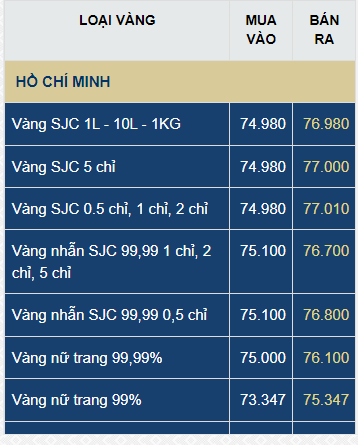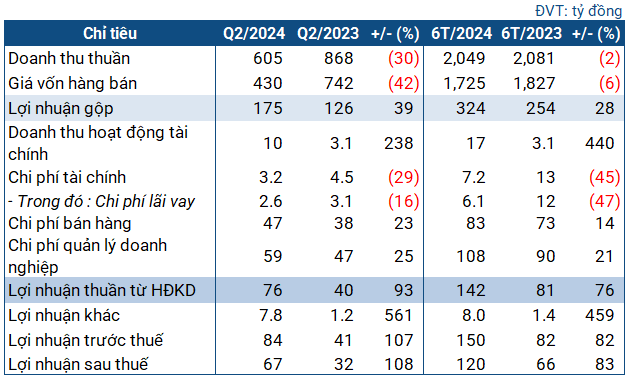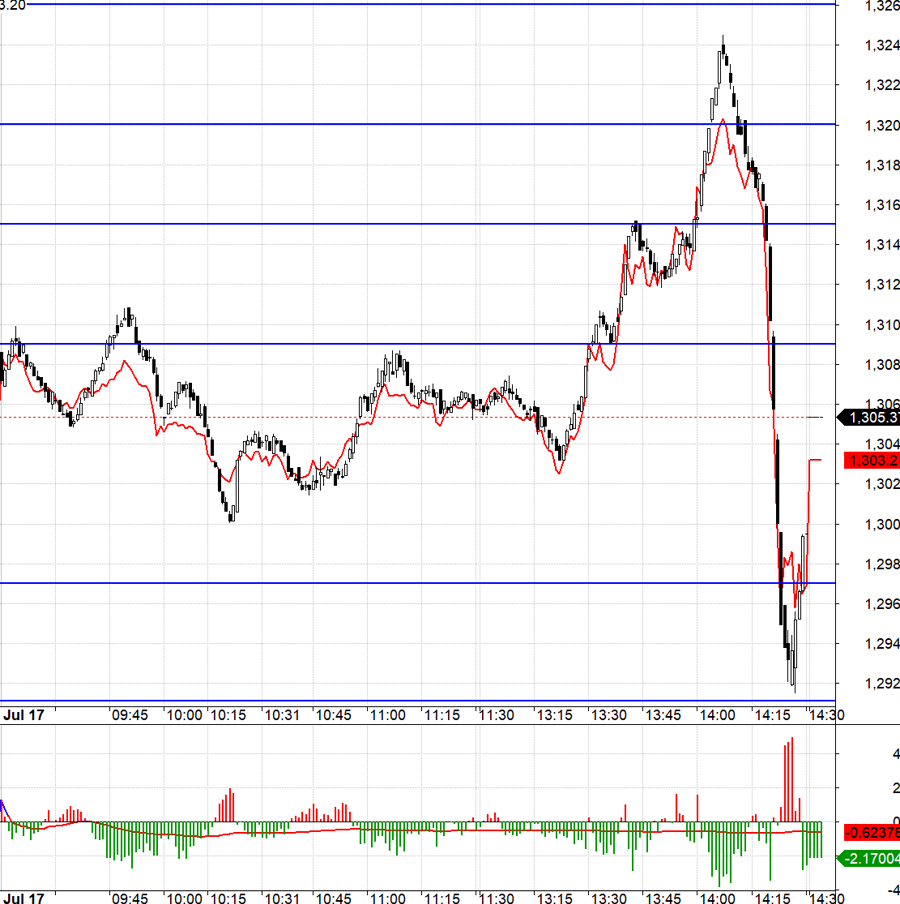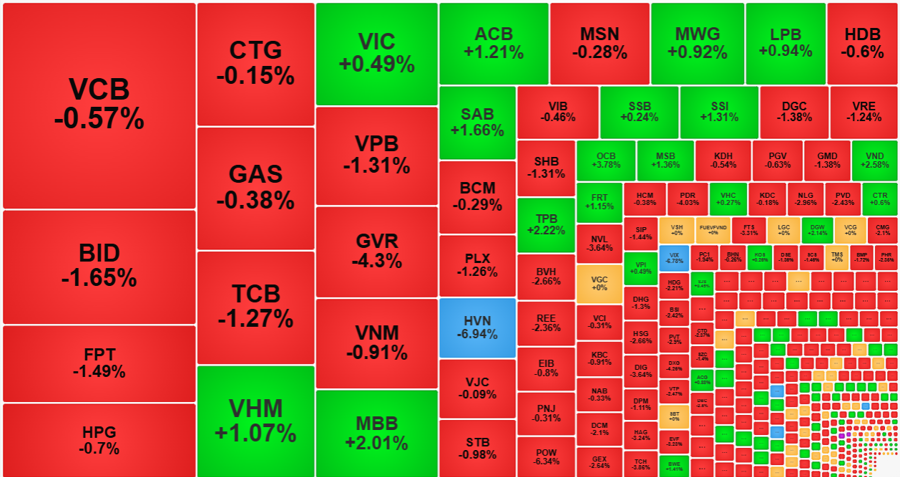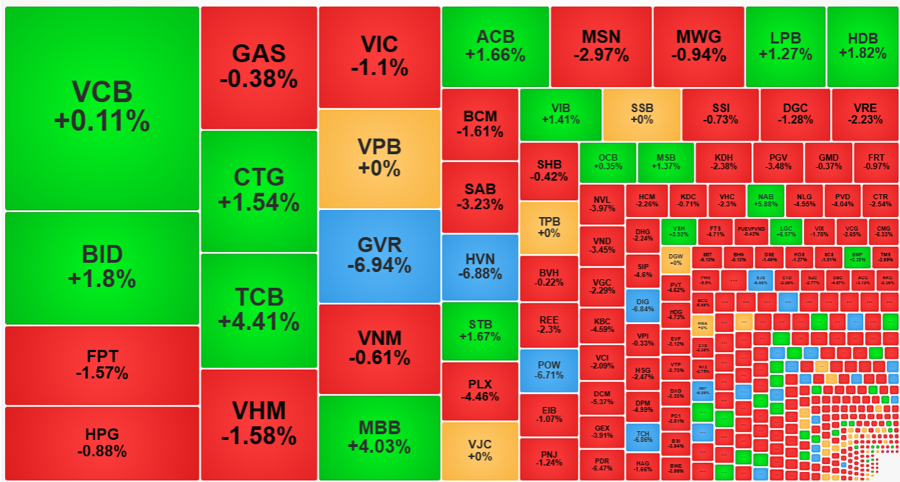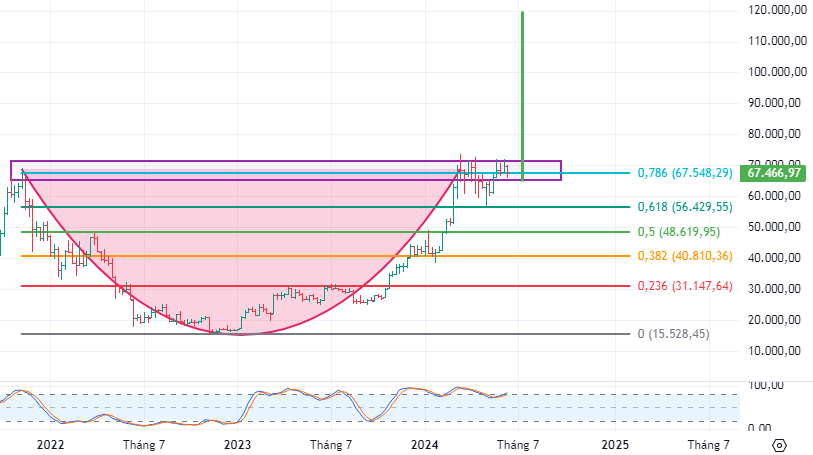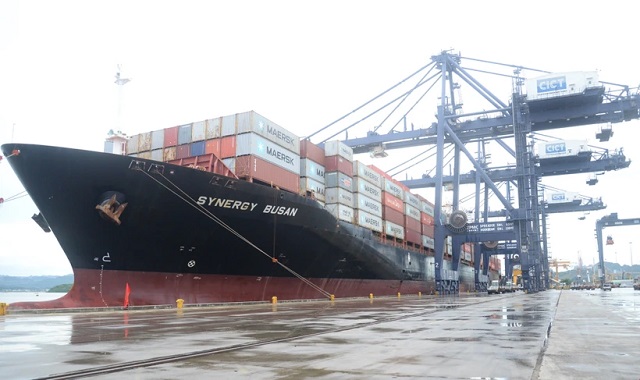
Impacted import-export activities due to tensions in the Red Sea region. (Photo: Đức Duy/Vietnam+)
|
During a discussion event on finding solutions to difficulties faced by import-export businesses due to the situation in the Red Sea, organized by the Import-Export Department (Ministry of Industry and Trade) on February 6 in Hanoi, representatives of businesses expressed their desire for shipping companies to collaborate in reducing the burden of costs. This would in turn promote import-export activities and help overcome the current challenging period.
Pressure from rising costs
Mr. Nguyen Hoai Nam, Vice General Secretary of the Vietnam Association of Seafood Exporters and Producers (Vasep), expressed genuine concern as the cost of refrigerated cargo transportation to Europe has increased 3.5-4 times, while to the US West Coast it has risen by 70% recently.
Given the pressure on export orders, the high transportation costs mentioned above have posed a challenge to businesses in the seafood sector under Vasep. Therefore, Mr. Nguyen Hoai Nam proposed the need for the cooperation, support, and active involvement of shipping companies.
“Taking into account the context of a 30-40% decrease in imported and exported goods in 2023, which also implies a reduction in the number of mother vessels, coupled with an increased transportation time of up to 10-14 days, it is clear that the delay doubles. Therefore, the coordination of shipping companies and the support of relevant agencies are necessary,” Mr. Nguyen Hoai Nam stated.
Meanwhile, for the Vietnamese Textile and Garment industry, the US and European markets account for about 50% of its total export turnover. Regarding the developments in the Red Sea region, Mr. Truong Van Cam, Vice Chairman of the Vietnam Textile and Apparel Association (Vitas), stated that currently, most businesses choose CIF and FOB terms, whereby sellers deliver goods along the railings of ships at agreed times and locations. Therefore, the direct impact is not yet clear, however, in the event of any risks, certain brands request a share of losses in order to mitigate damages.
Adding to the situation in the textile and garment industry, under normal conditions, customers require businesses to deliver goods quickly, while the extended transportation time of 10-15 days has limited production time. Thus, the pressure on businesses lies in how to concentrate on production in order to meet delivery deadlines.
Vitas also proposed that shipping companies consider additional surcharges. In cases of changes, transparency and early notification are necessary to enable exporters to proactively adapt.
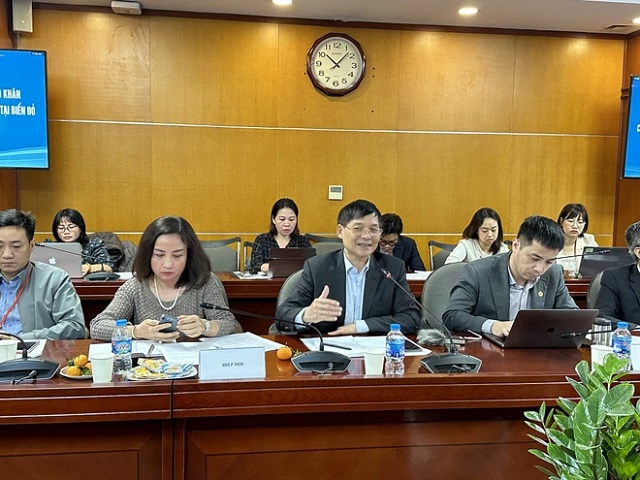
Mr. Truong Van Cam, Vice Chairman of Vitas, speaking at the meeting. (Photo: Đức Duy/Vietnam+)
|
Regarding the issue of unannounced fees, Ms. Hoang Thi Lien, Chairwoman of the Vietnam Pepper Association, stated that in a difficult context, some shipping companies have been applying additional charges without prior notice or dialogue, which is not appropriate. Therefore, she suggested that penalties be imposed on shipping companies and that prices at ports be publicly listed and transparent.
Proactive responses
Currently, the Red Sea and the Suez Canal serve as shortcuts for ships traveling between European ports, the Eastern US, South Asian ports, Eastern African and Oceania ports. This is one of the most crucial marine routes in the world, accounting for about 12% of global maritime traffic.
However, since the end of 2023, due to conflicts in the Red Sea region, many shipping companies have had to change routes and bypass the Suez Canal, resulting in an extended journey of 10 to 15 days compared to before.
Mr. Dau Anh Tuan, Deputy Secretary General of the Vietnam Chamber of Commerce and Industry (VCCI), assessed that the Red Sea conflict has affected production and business activities in various industries, enterprises and potentially impacts import-export activities and the overall economy in 2024, and possibly beyond. Therefore, caution and long-term solutions are necessary.
According to him, it is normal for shipping companies to increase costs and extend the travel time due to increased expenses and longer waiting times for ships. However, the problem lies in the sudden and unannounced price and fee increases.
“Whether the increase in costs is fair, transparent, and disclosed is an issue that shipping companies and logistics firms need to address. The state also has a role in ensuring the interests of weaker businesses in this import-export chain,” Mr. Dau Anh Tuan emphasized.
Meanwhile, Ms. Do Thi Thuong, representative of the Vietnam Maritime Administration, suggested the need to maintain maritime transportation, supplement empty trains and containers to ensure schedules and the demand for import-export, as well as implementing regulations on transportation rates and surcharges strictly.
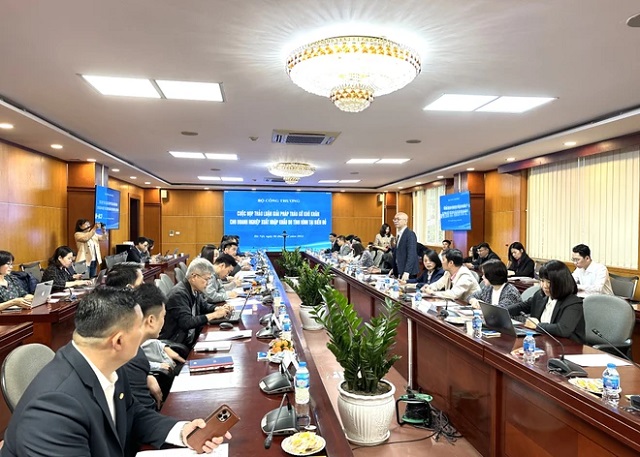
Mr. Tran Thanh Hai speaking at the discussion event on finding solutions to difficulties faced by import-export businesses due to the situation in the Red Sea on February 6. (Photo: Đức Duy/Vietnam+)
|
In response to the suggestions, the Ministry of Industry and Trade, represented by Mr. Tran Thanh Hai, Deputy Director of the Department of Import-Export, recommended that shipping companies maintain routes, bring back empty containers to ensure import-export activities for Vietnamese businesses, and comply with regulations regarding pricing and surcharges.
In addition, he suggested exploring the possibility of multimodal transport, such as rail, sea, and air transportation. This will require the cooperation of various transport companies to overcome the impact of tensions in the Red Sea.
Regarding the issue of unannounced fees, Mr. Hai recommended that associations and industries report the matter to the Vietnam Maritime Administration for appropriate measures. Furthermore, he urged associations and industries to closely monitor the situation while coordinating with relevant ministries, departments, and logistics companies to support and assist import-export businesses in international trade activities. Exporters and importers should monitor the situation closely and proactively plan their responses.
|
In 2023, Vietnam’s import-export turnover with the European region amounted to $71.14 billion, and with North America, it reached $122.3 billion. The total import-export turnover of these two regions accounted for 28.4% of the country’s total import-export value in 2023. Therefore, the impact of the Red Sea conflict on Vietnam is significant. Some immediate negative impacts of the conflict include increased transportation costs, longer delivery times, and potential disruptions to import-export orders… |
By Đức Duy









